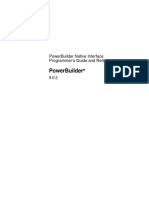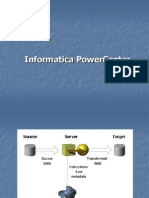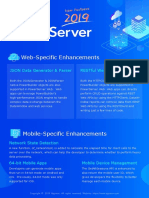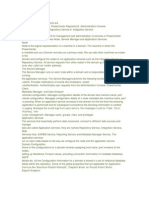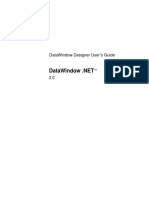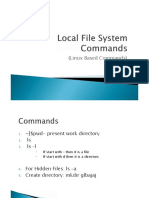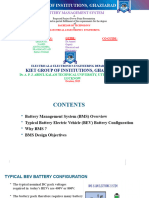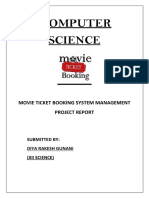0% found this document useful (0 votes)
90 views4 pagesPowerBuilder Complete Guide
PowerBuilder is an integrated development environment primarily for client-server applications, known for its data-centric development in enterprise settings. Key features include the DataWindow object, rapid application development tools, and support for various databases. Despite its legacy status and limited adoption for new projects, it remains essential for existing systems and offers modernization options through Appeon's updates.
Uploaded by
singhmayank6420Copyright
© © All Rights Reserved
We take content rights seriously. If you suspect this is your content, claim it here.
Available Formats
Download as PDF, TXT or read online on Scribd
0% found this document useful (0 votes)
90 views4 pagesPowerBuilder Complete Guide
PowerBuilder is an integrated development environment primarily for client-server applications, known for its data-centric development in enterprise settings. Key features include the DataWindow object, rapid application development tools, and support for various databases. Despite its legacy status and limited adoption for new projects, it remains essential for existing systems and offers modernization options through Appeon's updates.
Uploaded by
singhmayank6420Copyright
© © All Rights Reserved
We take content rights seriously. If you suspect this is your content, claim it here.
Available Formats
Download as PDF, TXT or read online on Scribd
/ 4




